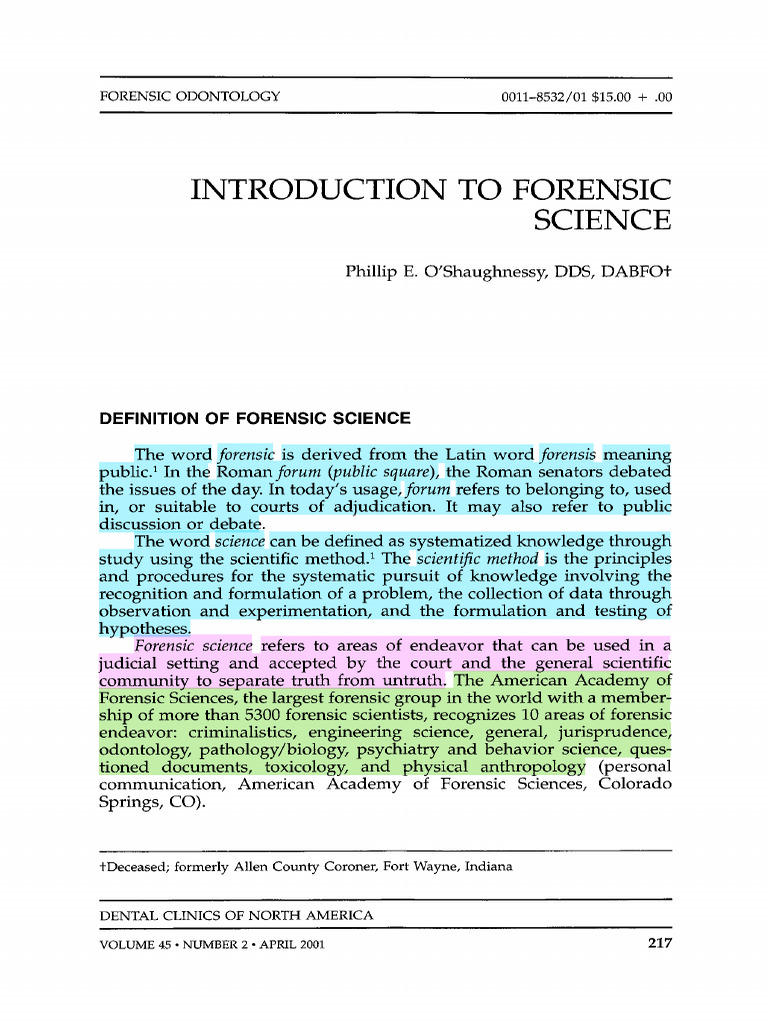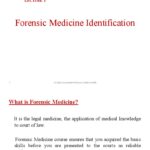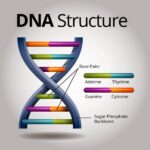Ever wondered where the seemingly impossible feats of crime scene investigation on television actually come to life? It’s not all down to intuitive leaps and hunches. Instead, the backbone of modern criminal justice rests upon the sophisticated analyses conducted within the hallowed halls of a forensic laboratory. But what exactly is a forensic laboratory, and why is it so crucial in our pursuit of justice?
At its core, a forensic laboratory is a scientific facility dedicated to the examination of physical evidence obtained from crime scenes or related to legal matters. Think of it as the ultimate detective’s toolkit, filled with state-of-the-art instruments and staffed by highly trained scientists. These professionals, known as forensic scientists or criminalists, apply scientific principles and techniques to analyze evidence, interpret findings, and provide objective opinions that can be used in legal proceedings.
The importance of forensic laboratories cannot be overstated. They provide impartial, scientifically sound evidence that can help solve crimes, exonerate the innocent, and ensure that justice is served. The work conducted within these labs often forms a critical link between the crime scene and the courtroom.
To truly understand the meaning of a forensic laboratory, it’s essential to delve into its multifaceted nature:
I. The Scope of Forensic Disciplines: A Cornucopia of Scientific Expertise
Forensic laboratories are not monolithic entities. They encompass a diverse array of scientific disciplines, each focusing on specific types of evidence and utilizing specialized analytical methods. Some of the most common disciplines include:
A. Forensic Biology: Unlocking the Secrets of Life. This section deals with biological evidence, such as DNA, blood, saliva, and other bodily fluids. DNA analysis, in particular, has revolutionized forensic science, providing powerful tools for identifying perpetrators and linking them to crime scenes. Think of it as the ultimate form of identification, more foolproof than any fingerprint.
B. Forensic Chemistry: Deconstructing the Molecular World. This discipline involves the analysis of chemical substances, such as drugs, explosives, and trace evidence. Gas chromatography-mass spectrometry (GC-MS) and other sophisticated techniques are employed to identify and quantify chemical compounds, providing crucial information about the circumstances of a crime. Analyzing paint chips from a hit and run for instance or identifying an unknown substance used in a crime, all fall under this purview.
C. Forensic Toxicology: Detecting Poisons and Their Effects. This specialty focuses on the detection and quantification of drugs and poisons in biological samples, such as blood, urine, and tissue. Forensic toxicologists play a vital role in determining the cause and manner of death in cases involving suspected poisoning or drug overdose. Their work is critical in unraveling complex cases where the insidious nature of toxins is the weapon of choice.
D. Forensic Firearms Examination: Tracing the Path of Projectiles. This discipline involves the examination of firearms, ammunition, and ballistic evidence. Forensic firearms examiners can determine the type of firearm used in a crime, match bullets to a specific weapon, and reconstruct shooting incidents. Rifling patterns and striations become the language with which the firearm speaks its involvement.
E. Forensic Document Examination: Deciphering the Written Word. This discipline involves the analysis of handwriting, signatures, and other aspects of documents to determine their authenticity and authorship. Forensic document examiners can identify forgeries, alterations, and other irregularities that may be indicative of fraud or other crimes. The meticulous analysis of inks, paper, and writing styles paints a rich narrative of authenticity, or its lack thereof.
F. Digital Forensics: Unveiling the Electronic Footprint. As our lives become increasingly digital, this discipline has rapidly grown in importance. Digital forensics experts recover and analyze data from computers, smartphones, and other electronic devices to uncover evidence of criminal activity. This includes everything from hacking and data theft to child pornography and online fraud. The digital breadcrumbs left behind become critical pieces of the puzzle.
II. The Analytical Process: From Evidence Collection to Expert Testimony
The work conducted in a forensic laboratory follows a rigorous and standardized process, designed to ensure the accuracy and reliability of the results. This process typically involves the following steps:
A. Evidence Collection and Preservation: Maintaining the Chain of Custody. The proper collection and preservation of evidence is paramount to maintaining its integrity and admissibility in court. Strict protocols must be followed to prevent contamination, degradation, or loss of evidence. This often involves detailed documentation and careful packaging techniques. The chain of custody, a meticulously documented record of the evidence’s movement, becomes a lifeline ensuring its integrity through the investigative process.
B. Evidence Examination and Analysis: Applying Scientific Method. Once the evidence arrives at the laboratory, it undergoes a thorough examination and analysis using appropriate scientific techniques. This may involve microscopy, spectroscopy, chromatography, or other advanced methods. The specific techniques used will depend on the type of evidence and the nature of the investigation. Each test, each analysis, becomes a building block in the construction of a scientific narrative.
C. Data Interpretation and Report Writing: Communicating the Findings. After the analysis is complete, the forensic scientist interprets the data and prepares a comprehensive report detailing the findings. This report must be clear, concise, and objective, and it must be supported by scientific evidence. It is the forensic scientist’s responsibility to accurately communicate the scientific findings to the legal community.
D. Expert Testimony: Presenting Evidence in Court. Forensic scientists may be called upon to testify as expert witnesses in court, presenting their findings and opinions to a judge and jury. They must be able to explain complex scientific concepts in a way that is understandable to non-scientists, and they must be able to withstand cross-examination by opposing counsel. Their testimony becomes the bridge between the scientific domain and the pursuit of justice.
III. Quality Assurance and Accreditation: Maintaining Standards of Excellence
To ensure the accuracy and reliability of forensic testing, laboratories must adhere to strict quality assurance standards. This includes regular proficiency testing, validation of analytical methods, and adherence to established protocols. Accreditation by recognized organizations, such as the American Society of Crime Laboratory Directors/Laboratory Accreditation Board (ASCLD/LAB), provides independent verification that a laboratory meets these standards. The rigorous adherence to these quality metrics is the bedrock upon which trust in forensic science is built.
In conclusion, a forensic laboratory is far more than just a building filled with fancy equipment. It is a vital component of the criminal justice system, providing objective, scientifically sound evidence that can help solve crimes and ensure justice. The dedication of the forensic scientists working within these labs, coupled with their rigorous methodologies and unwavering commitment to quality, makes them unsung heroes in the pursuit of truth and justice.










Leave a Comment